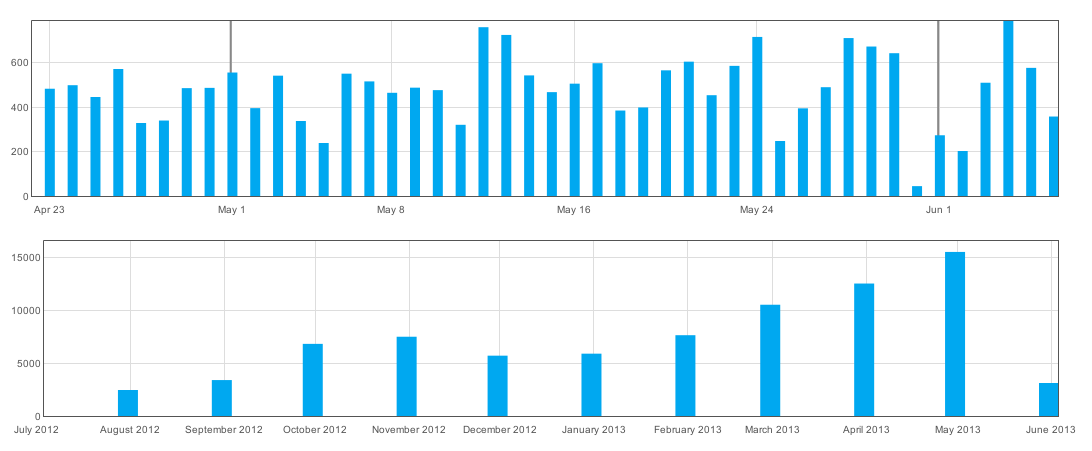What Microsoft Should Have Done →
Soren Johnson, lead designer of Civilization 4:
The answer is to make digital games so attractive that players will abandon physical discs on their own. (One might call this the Steam strategy.) Microsoft could have avoided this whole fiasco by maintaining the old disc-based ecosystem while softly undermining it with three moves that create an alternate digital future.
Combined, these three changes would destroy the traditional retail market. The $40 price would make digital games cheaper at release; the ongoing heavy sales would undercut the used games market; and persistence would make digital games easier to maintain across multiple devices. Microsoft needs to make buying games digitally a better deal for the consumer than buying them physically.
I was extremely disappointed to hear Microsoft cave in to rabid demands to maintain the status quo. I was really looking forward to their plans for combined physical and digital ownership, where I could get all the benefits of buying physical copies, including special and collectors’ editions of my favorite titles, while simultaneously retaining all the benefits of a digital copy, like the ability to forego disc-swapping.
How long will we have to wait for consoles to catch up with Steam?
Push Push Push
One of my favorite projects that I’ve created has to be ZNC Push, a plugin for ZNC that generates push notifications for IRC highlights and private messages. It supports a wide array of push services for all of the major mobile platforms, and gives the user deep flexibility in choosing how and when to trigger these notifications.
However, I have very little insight into usage statistics for the plugin. Pushover is the only service that gives me gross usage data, but considering ZNC Push supports six other networks as well as custom push URLs, this only represents an unknown portion of the total usage. But I will continue to draw baseless conclusions from it regardless! Do note that I can’t see anything more than raw volume of notifications; I do not have access to who is sending/receiving these, nor the contents of those messages.
So without further ado, some pretty graphs straight from the Pushover dashboard:

ZNC Push reached a milestone of sending 15,000 push notifications in May through the Pushover service!
Push volume has been growing steadily since Pushover support was added, with a small dip in December and January that is likely attributeable to the holidays for most users. May marked the second occasion that ZNC Push has exceeded the volume “cap”, and Pushover has again graciously increased that in support of this open source project. At this sort of grawth rate, I would expect the next volume cap (25,000/mo) will be reached by October at the latest. I’m excited to see such growth for a small side project with such a niche use case.
Sometimes, it’s amazing to stop and realize just how far this project has come. What started in January of 2011 as a basic module for the Notifo push service, has blossomed into a mature system supporting multiple push services and far more customization options than I had ever envisioned from the beginning. Knowing that it’s being used by so many people, and helping them stay more connected with their online communities, makes me a very happy engineer.
Many thanks to Pushover for granting such a large volume of free notifications to ZNC Push. If you’re not already using them for your push service of choice, I highly recommend them. They have apps for both Android and iPhone, and they continue to improve them and add new features over time.
And as always, my eternal appreciation to everyone who has contributed time and energy to helping me improve the module over the past two and a half years! The project wouldn’t be where it is today without your support.